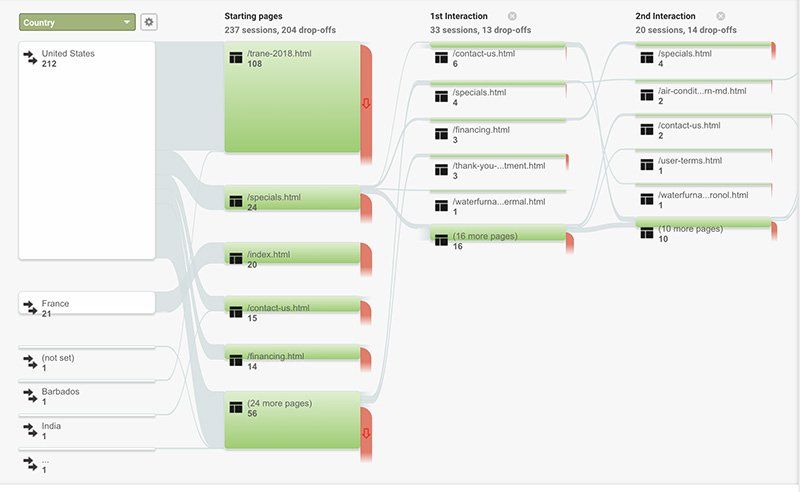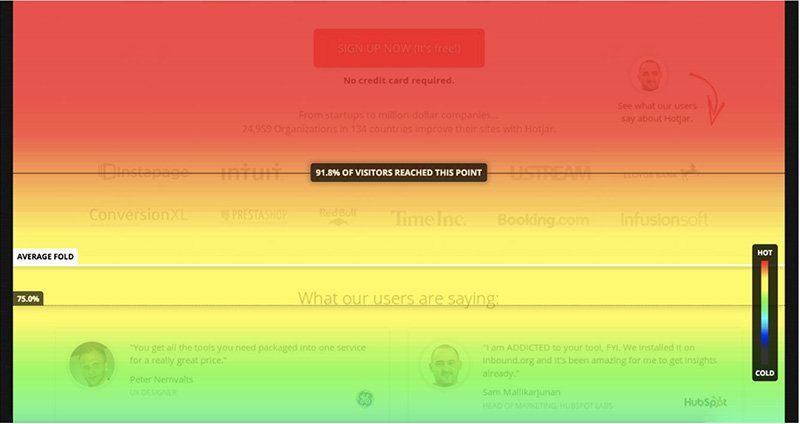Data-Driven Website Redesign
Let's Start by Reviewing Analytics
- devices used to visit your website (desktop, tablet or phone)
- from where your traffic came (direct, referral, organic search, PPC, links)
- behavior-user flow (which pages did they visit for how long and clicks on calls-to-action)
- following movement on your web page with a heat map (mouse moves, scrolls, clicks and taps)
Mobile Vs Desktop

Check User Flow

Site Search Data
Review Content Analytics
Finding the Hot Spots – Heat Maps

Website Redesign Is No Easy Task
If you're considering a redesign of your website, it's important that you analyze your website to see where it needs improvement. Google Analytics and other tools can provide great insights into your target audience's behavior. To generate leads and get full value from your website redesign, it should be a data-driven redesign.
Ready to get started?
